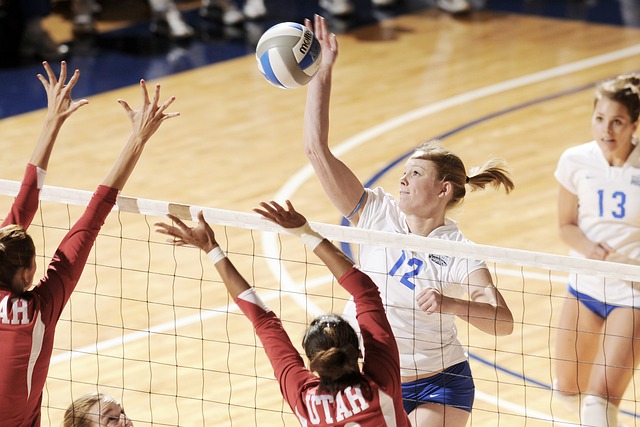
Fred Oliver is a name that you may have heard about if any of you have been closely following soccer's development in America. This Pawtucket Free Wanderers defender, forward and centerback was a Pawtucket native. One of the most remarkable aspects of American soccer's early history is the inclusion for the first-time of African Americans in a senior league. His career started in a bolt plant, but he was a star for his team's name and earned him a spot at the World Cup.
African Americans have played in a senior league
The United States has an extensive soccer history. But, not much is known. These leagues lack the resources to record this history. These stories are often discovered by sports historical societies. The Society for American Soccer History recently published the report about the first African American player in soccer. The report is titled Fred Watson/Oliver Watson. It details the first soccer players of African origin in the United States.

Even though the game is getting more diverse, there's still a significant problem with the executive positions. Only 1.6% of soccer executives in the United States are black. Burton Albion and Salford City, which are both low-profile English third/fourth tiers, are the Black owners of professional football clubs. This is partly why there aren't many Black coaches and managers. However, the Society is trying to change that by providing a platform and support for African American players.
The NASL fell in the 1980s
As the early 1980s approached, the NASL struggled to remain competitive. The league fell because of overexpansion and disputes between the players' union. At the same, unemployment was at 10.8%, its highest level since World War II. The league was clearly losing money, as the owners tried to reduce costs. The league was nearing collapse in 1982.
The league's financial problems began to take a toll on its clubs. In 1977, the league had only 18 teams, and the majority of owners were spending over 70% of their budgets on player salaries. A lack of financial resources in the NASL caused many owners to drop weaker clubs and keep six. Although 24 teams were in existence by 1978, this was not enough for the league's growth.
The U.S. was proud to host the 1986 World Cup.
While the U.S. team didn't win the World Cup, its success was obvious from the very beginning. There was a record attendance, higher than any time in U.S. football history. In the Rose Bowl's first round, the U.S. defeated Yugoslavia 4-0. The semifinals saw Brazil defeat Italy 2-1 in front 83 642 Stanford students.

The qualifying stage performance of the United States was the determining factor in the qualification stage's success. After a slow qualifying period, Jurgen Klonsmann was fired. Bruce Arena, who won three games out of eight, was rehired by the Americans. Sunil Gulati was the president of U.S.Soccer. He stated that the U.S. expected to achieve the qualification campaign.